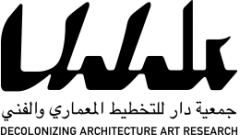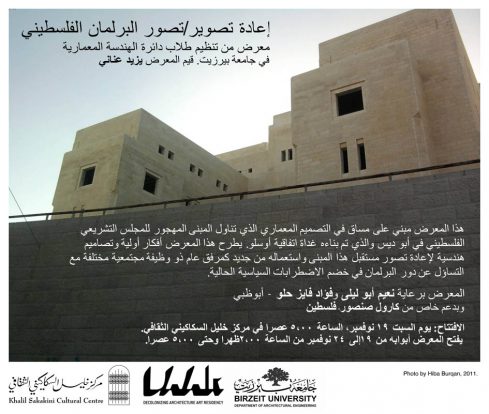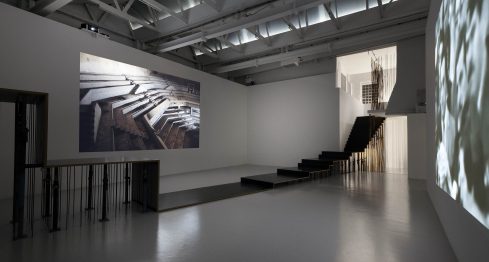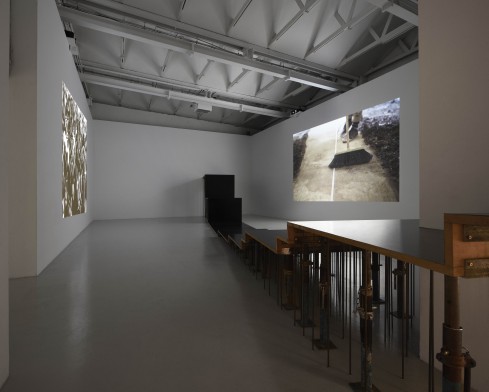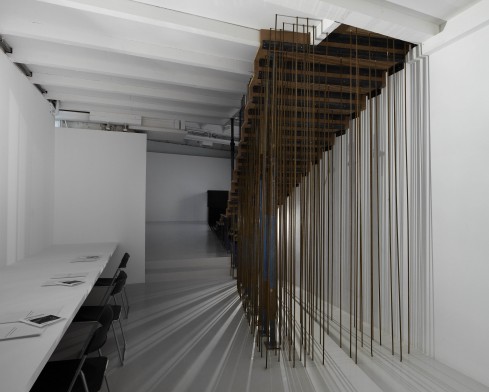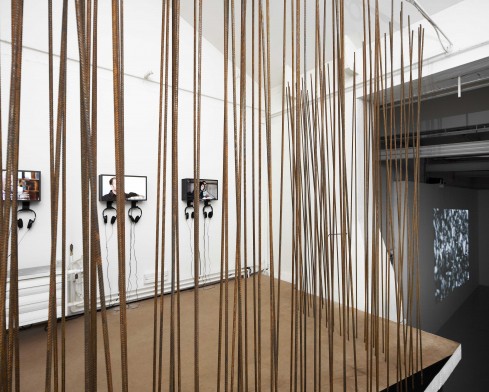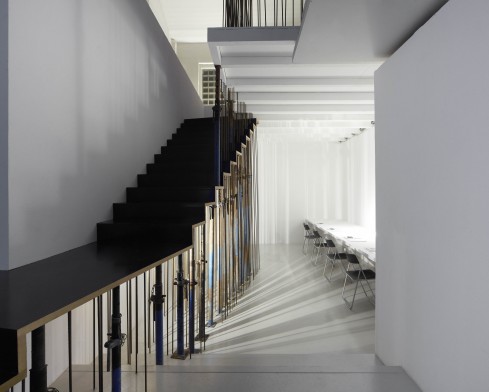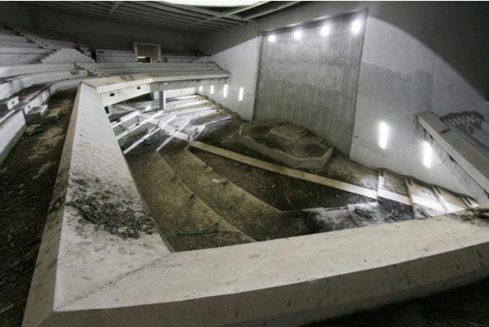Posted: 31.12.2011
It was a year in which American architects despaired that the economy might never really recover. It was also a year in which they produced a few small gems. And the profession as a whole continued to move past the flashy formalism of the last decade to seek new, genuine kinds of engagement with cities and people.
“Decolonizing Architecture.” At REDCAT, an exhibition by architects Eyal Weizman, Sandi Hilal and Alessandro Petti offered a rare look at the architecture and infrastructure of Israeli settlements and their potential future.
“OMA /Progress.” This exhibition at London’s Barbican Centre on Rem Koolhaas’ firm — curated by Rotor, a young and talented design collective from Brussels — is big, sprawling and messy. But it gets with surprising efficiency at the complex heart of the Office for Metropolitan Architecture’s practice, which ranges from research to books to buildings.
“No More Play: Conversations on Urban Speculation in Los Angeles and Beyond.” Architect Michael Maltzan interviewed architects, academics, artists and writers for this nuanced, surprisingly upbeat portrait of Los Angeles, where rising density has brought the city to a “pivotal moment” in which “L.A.’s new identity is being determined.”
HL23. Neil Denari, the 54-year-old L.A. architect, waited a long time for his big break. He got it in Manhattan of all places, where his sleek 14-story luxury condo tower bends memorably over the High Line elevated park.
“Manifest Destiny: A Guide to the Essential Indifference of American Suburban Housing.” In 58 very short chapters, Jason Griffiths, a British architect who teaches at Arizona State, miraculously finds new language to describe the eternally affectless qualities of gated communities and tract housing.
West Hollywood Library. Designed the Culver City firm Johnson Favaro, the new library is a stirring reaffirmation of the power of civic architecture that came through the punishing low-bid public construction process with its lively spirit fully intact.
The Carmaggedon debate. Shutting down the 405 Freeway for a summer weekend turned out to be the traffic disaster that wasn’t. But the debate it prompted — about mobility, transportation and the primacy of the freeway in L.A.’s collective imagination — was overdue and productive.
The Sadik-Khan influence. New York transportation Commissioner Janette Sadik-Khan has made plenty of enemies by carving out new bike lanes in the city and pushing for congestion pricing. But her message is being heard nationwide: Just look at the new, bright green bike lanes on Spring Street in downtown L.A.
New World Center. Frank Gehry’s Miami Beach building for Michael Tilson Thomas’ New World Symphony looks a plain stucco box from the street. But inside is a whole village of spaces for playing and practicing music, not to mention a breakthrough in exploring the relationship between technology and live performance.
“Open City.” Teju Cole’s debut novel, whose protagonist is both an unreliable narrator and a tireless flâneur, contains memorable descriptions of architecture and urban form on nearly every page; imagine W.G. Sebald describing multicultural, post-Sept. 11 Manhattan.
The worst: Downtown megaplans. With Farmers Field and a revamped, expanded Union Station, Los Angeles is planning megaprojects at both the south and north ends of downtown. Both sadly are shaping up as business as usual, thanks to disappointing designs for the stadium and a cautious, even timid, shortlist for the Union Station master plan.
